Building a Separate Infrastructure for Guest Access
One of my readers sent me an age-old question:
I have my current guest network built on top of my production network. The separation between guest- and corporate network is done using a VLAN – once you connect to the wireless guest network, you’re in guest VLAN that forwards your packets to a guest router and off toward the Internet.
Our security team claims that this design is not secure enough. They claim a user would be able to attach somehow to the switch and jump between VLANs, suggesting that it would be better to run guest access over a separate physical network.
Decades ago, VLAN implementations were buggy, and it was possible (using a carefully crafted stack of VLAN tags) to insert packets from one VLAN to another (see also: VLAN hopping).
Utilizing BGP Communities for traffic steering – part 1: Firewalls
Overview:
I typically spend more time in the enterprise data center than most of our team members and this comes with its own unique set of problems. One discussion that seems to never fail to come up is “where do I put the Firewalls (FWs)?”. That is typically followed by I have a disaster recovery or backup site with FWs there as well. This inevitably leads to a state management problem. Let’s look at how we can utilize BGP to address this problem:
- what is a BGP standard community
- BGP best path selection process
- how to utilize them to steer traffic
This is something most service providers deal with on a daily basis but can be new to an enterprise.
BGP Standard communities
A BGP community is a route attribute that, essentially provides extra information for someone to take action or glean information from the route such as where it came from (location, type, organizational role).
By definition, a community is a 32 bit number that can be included with a route and when utilizing the new community format is displayed as (0-65535):(0-65535). It is recommend to utilize the new community format versus the old community format which is Continue reading
Example: forensicating the Mesa County system image
Tina Peters, the election clerk in Mesa County (Colorado) went rogue and dumped disk images of an election computer on the Internet. They are available on the Internet via BitTorrent [Mesa1][Mesa2], The Colorado Secretary of State is now suing her over the incident.
The lawsuit describes the facts of the case, how she entered the building with an accomplice on Sunday, May 23, 2021. I thought I'd do some forensics on the image to get more details.
Specifically, I see from the Mesa1 image that she logged on at 4:24pm and was done acquiring the image by 4:30pm, in and (presumably) out in under 7 minutes.
In this blogpost, I go into more detail about how to get that information.
The image
To download the Mesa1 image, you need a program that can access BitTorrent, such as the Brave web browser or a BitTorrent client like qBittorrent. Either click on the "magnet" link or copy/paste into the program you'll use to download. It takes a minute to gather all the "metadata" associated with the link, but it'll soon start the download:
What you get is file named EMSSERVER.E01. This is a container file that contains Continue reading
Soap Opera: SRv6 Is Insecure
I heard about SRv6 when it was still on the drawing board, and my initial reaction was “Another attempt to implement source routing. We know how that ends.” The then-counter-argument by one of the proponents went along the lines of “but we’ll use signed headers to prevent abuse” and I thought “yeah, that will work really well in silicon implementations”.
Years later, Andrew Alston decided to document the state of the emperor’s wardrobe (TL&DR: of course SRv6 is insecure and can be easily abused) and the counter-argument this time was “but that applies to any tunnel technology”. Thank you, we knew that all along, and that’s not what was promised.
You might want to browse the rest of that email thread; it’s fun reading unless you built your next-generation network design on SRv6 running across third-party networks… which was another PowerPoint case study used by SRv6 proponents.
Soap Opera: SRv6 Is Insecure
I heard about SRv6 when it was still on the drawing board, and my initial reaction was “Another attempt to implement source routing. We know how that ends.” The then-counter-argument by one of the proponents went along the lines of “but we’ll use signed headers to prevent abuse” and I thought “yeah, that will work really well in silicon implementations”.
Years later, Andrew Alston decided to document the state of the emperor’s wardrobe (TL&DR: of course SRv6 is insecure and can be easily abused) and the counter-argument this time was “but that applies to any tunnel technology”. Thank you, we knew that all along, and that’s not what was promised.
You might want to browse the rest of that email thread; it’s fun reading unless you built your next-generation network design on SRv6 running across third-party networks… which was another PowerPoint case study used by SRv6 proponents.
Debunking: that Jones Alfa-Trump report
The Alfa-Trump conspiracy-theory has gotten a new life. Among the new things is a report done by Democrat operative Daniel Jones [*]. In this blogpost, I debunk that report.
If you'll recall, the conspiracy-theory comes from anomalous DNS traffic captured by cybersecurity researchers. In the summer of 2016, while Trump was denying involvement with Russian banks, the Alfa Bank in Russia was doing lookups on the name "mail1.trump-email.com". During this time, additional lookups were also coming from two other organizations with suspicious ties to Trump, Spectrum Health and Heartland Payments.
This is certainly suspicious, but people have taken it further. They have crafted a conspiracy-theory to explain the anomaly, namely that these organizations were secretly connecting to a Trump server.
We know this explanation to be false. There is no Trump server, no real server at all, and no connections. Instead, the name was created and controlled by Cendyn. The server the name points to for transmitting bulk email and isn't really configured to accept connections. It's built for outgoing spam, not incoming connections. The Trump Org had no control over the name or the server. As Cendyn explains, the contract with the Trump Org ended in Continue reading
Custom Headers for Cloudflare Pages
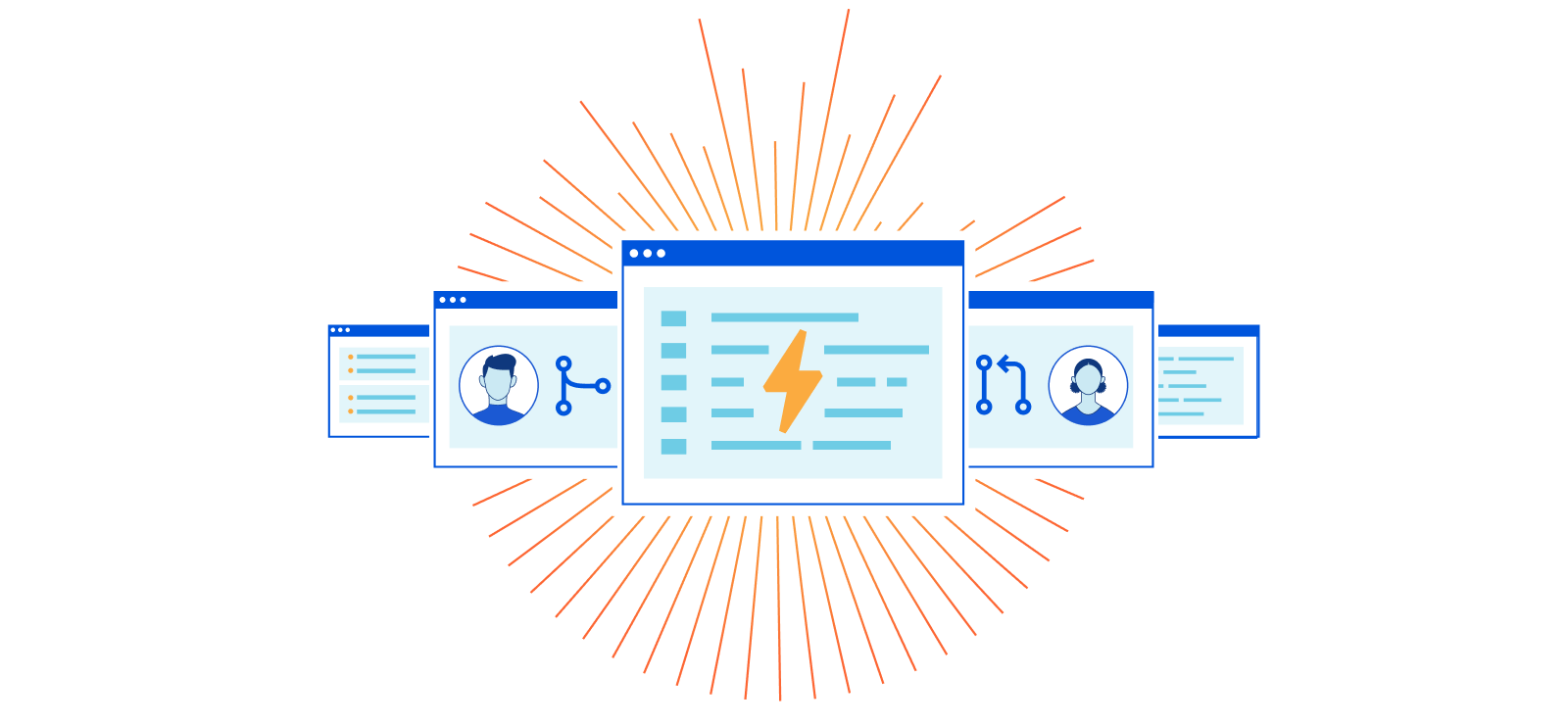
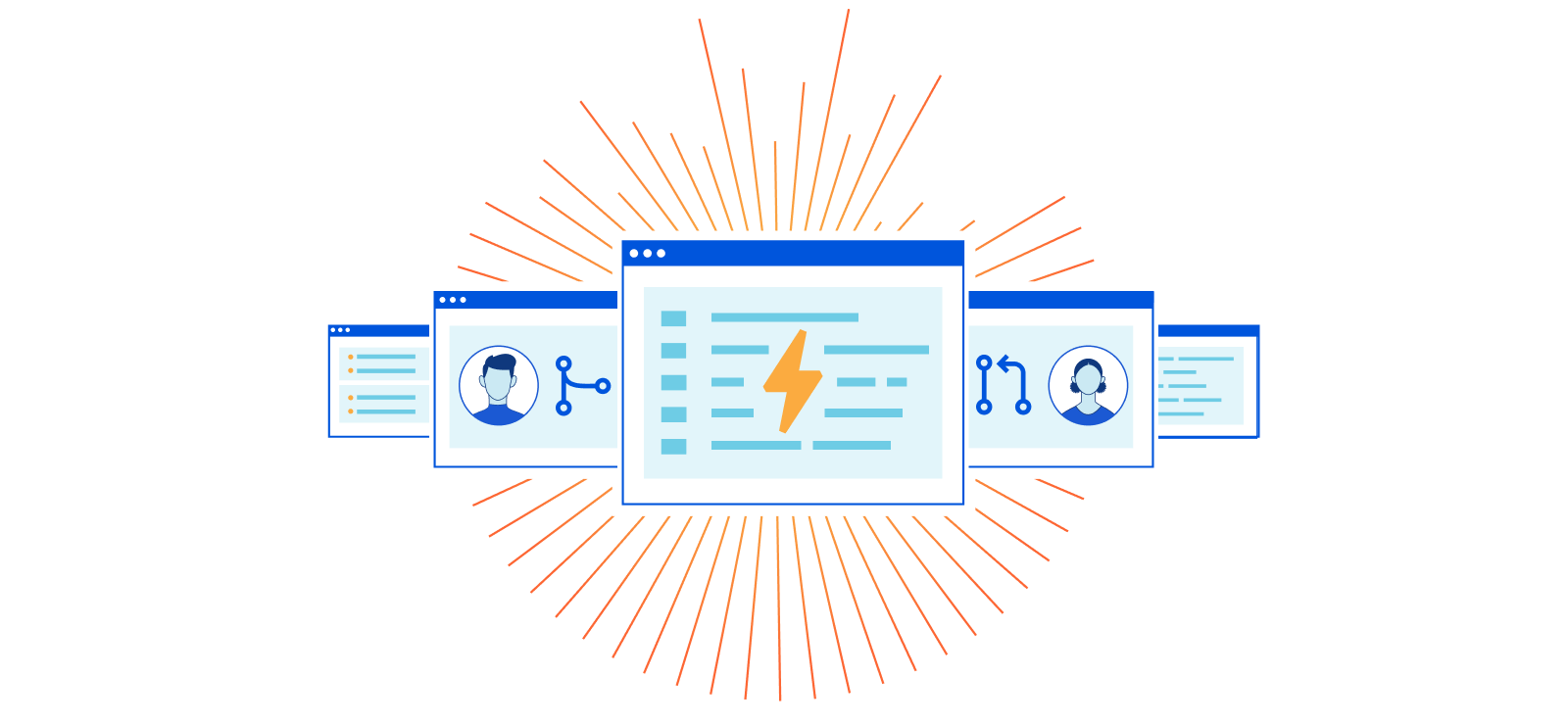
Until today, Cloudflare Workers has been a great solution to setting headers, but we wanted to create an even smoother developer experience. Today, we're excited to announce that Pages now natively supports custom headers on your projects! Simply create a _headers file in the build directory of your project and within it, define the rules you want to apply.
/developer-docs/*
X-Hiring: Looking for a job? We're hiring engineers
(https://www.cloudflare.com/careers/jobs)What can you set with custom headers?
Being able to set custom headers is useful for a variety of reasons — let’s explore some of your most popular use cases.
Search Engine Optimization (SEO)
When you create a Pages project, a pages.dev deployment is created for your project which enables you to get started immediately and easily preview changes as you iterate. However, we realize this poses an issue — publishing multiple copies of your website can harm your rankings in search engine results. One way to solve this is by disabling indexing on all pages.dev subdomains, but we see many using their pages.dev subdomain as their primary domain. With today’s announcement you can attach headers such as X-Robots-Tag to hint to Google and other search Continue reading
Review: Dune (2021)
One of the most important classic sci-fi stories is the book "Dune" from Frank Herbert. It was recently made into a movie. I thought I'd write a quick review.
The summary is this: just read the book. It's a classic for a good reason, and you'll be missing a lot by not reading it.
But the movie Dune (2021) movie is very good. The most important thing to know is see it in IMAX. IMAX is this huge screen technology that partly wraps around the viewer, and accompanied by huge speakers that overwhelm you with sound. If you watch it in some other format, what was visually stunning becomes merely very pretty.
This is Villeneuve's trademark, which you can see in his other works, like his sequel to Bladerunner. The purpose is to marvel at the visuals in every scene. The story telling is just enough to hold the visuals together. I mean, he also seems to do a good job with the story telling, but it's just not the reason to go see the movie. (I can't tell -- I've read the book, so see the story differently than those of you who haven't).
Beyond the story Continue reading
Fast Friday Thoughts From Security Field Day

It’s a busy week for me thanks to Security Field Day but I didn’t want to leave you without some thoughts that have popped up this week from the discussions we’ve been having. Security is one of those topics that creates a lot of thought-provoking ideas and makes you seriously wonder if you’re doing it right all the time.
- Never underestimate the value of having plumbing that connects all your systems. You may look at a solution and think to yourself “All this does is aggregate data from other sources”. Which raises the question: How do you do it now? Sure, antivirus fires alerts like a car alarm. But when you get breached and find out that those alerts caught it weeks ago you’re going to wish you had a better idea of what was going on. You need a way to send that data somewhere to be dealt with and cataloged properly. This is one of the biggest reasons why machine learning is being applied to the massive amount of data we gather in security. Having an algorithm working to find the important pieces means you don’t miss things that are important to you.
- Not every solution is going Continue reading
Cloudflare for SaaS for All, now Generally Available!
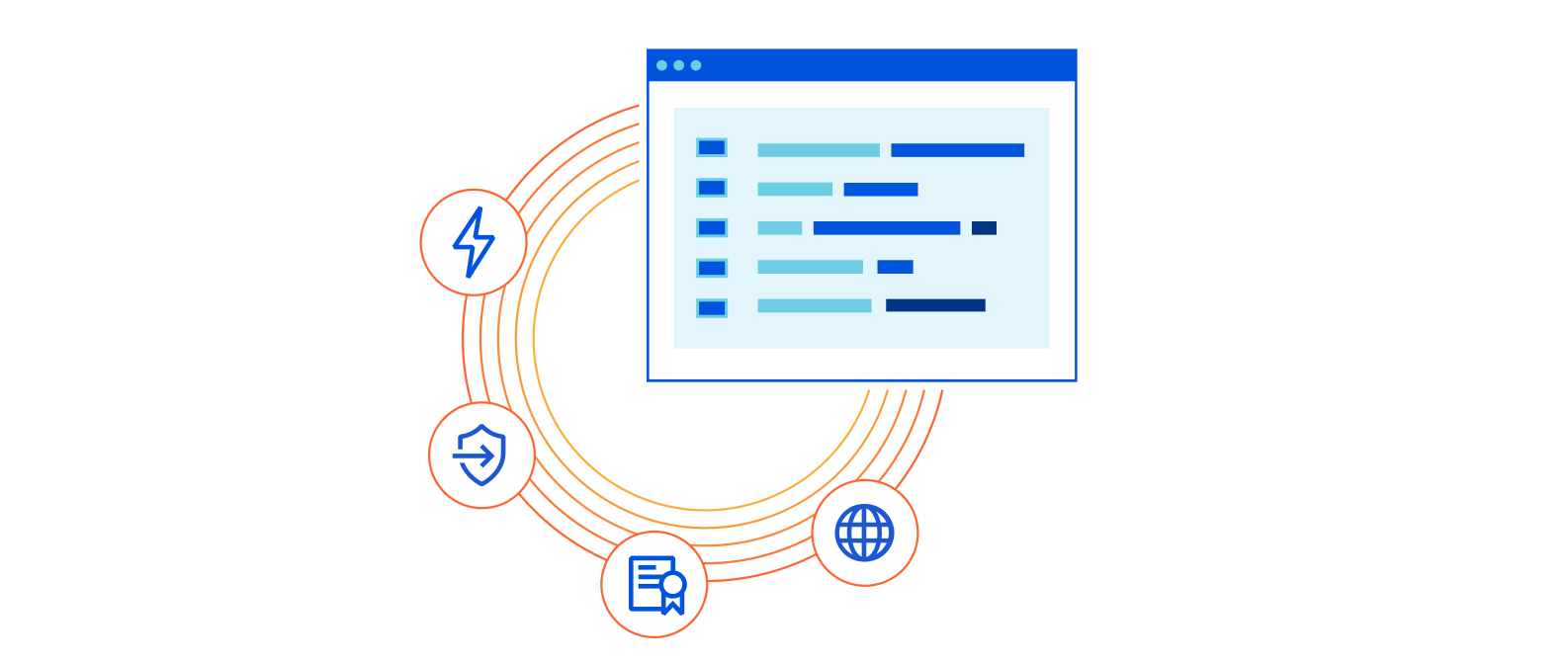
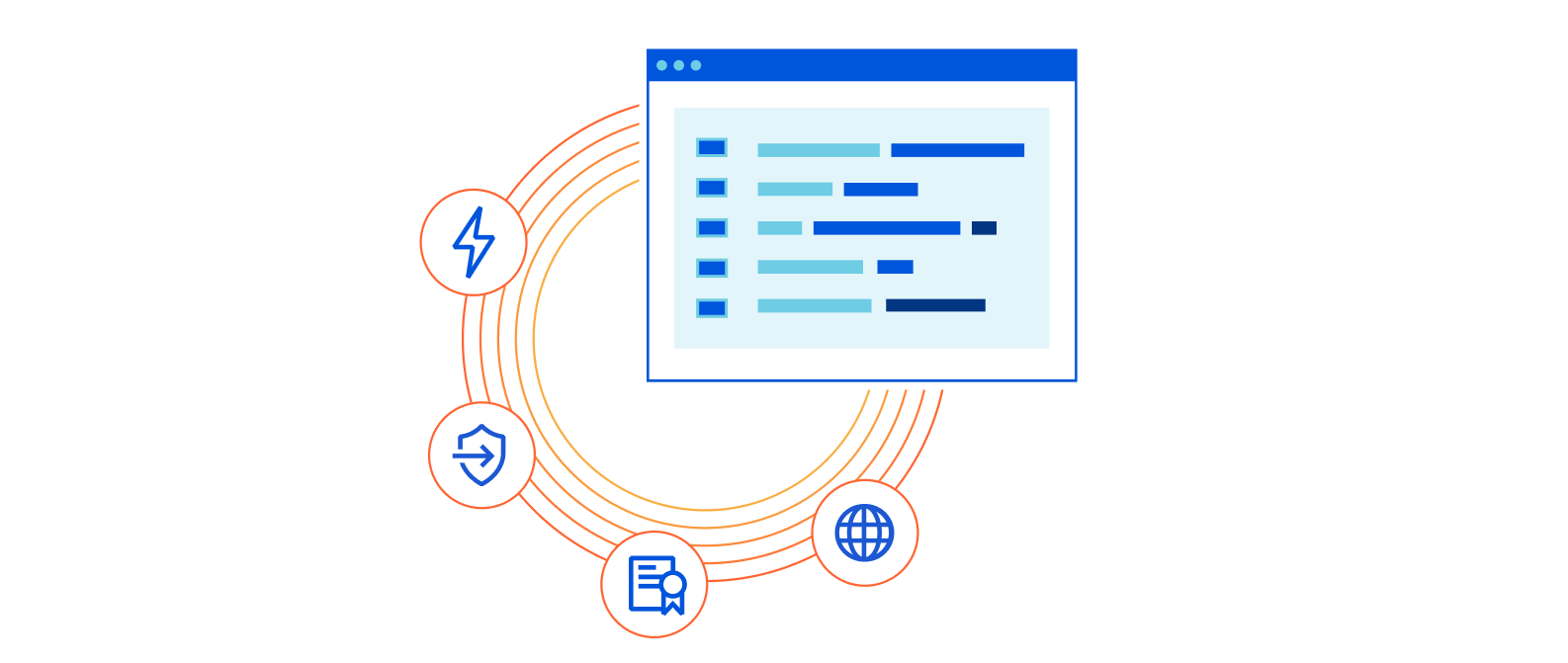
During Developer Week a few months ago, we opened up the Beta for Cloudflare for SaaS: a one-stop shop for SaaS providers looking to provide fast load times, unparalleled redundancy, and the strongest security to their customers.
Since then, we’ve seen numerous developers integrate with our technology, allowing them to spend their time building out their solution instead of focusing on the burdens of running a fast, secure, and scalable infrastructure — after all, that’s what we’re here for.
Today, we are very excited to announce that Cloudflare for SaaS is generally available, so that every customer, big and small, can use Cloudflare for SaaS to continue scaling and building their SaaS business.
What is Cloudflare for SaaS?
If you’re running a SaaS company, you have customers that are fully reliant on you for your service. That means you’re responsible for keeping their domain fast, secure, and protected. But this isn’t simple. There’s a long checklist you need to get through to put a solution in your customers’ hands:
- Set up an origin server
- Encrypt your customers’ traffic
- Keep your customers online
- Boost the performance of global customers
- Support vanity domains
- Protect against attacks and bots
- Scale for growth
- Continue reading
Getting Cloudflare Tunnels to connect to the Cloudflare Network with QUIC


I work on Cloudflare Tunnel, which lets customers quickly connect their private services and networks through the Cloudflare network without having to expose their public IPs or ports through their firewall. Tunnel is managed for users by cloudflared, a tool that runs on the same network as the private services. It proxies traffic for these services via Cloudflare, and users can then access these services securely through the Cloudflare network.
Recently, I was trying to get Cloudflare Tunnel to connect to the Cloudflare network using a UDP protocol, QUIC. While doing this, I ran into an interesting connectivity problem unique to UDP. In this post I will talk about how I went about debugging this connectivity issue beyond the land of firewalls, and how some interesting differences between UDP and TCP came into play when sending network packets.
How does Cloudflare Tunnel work?
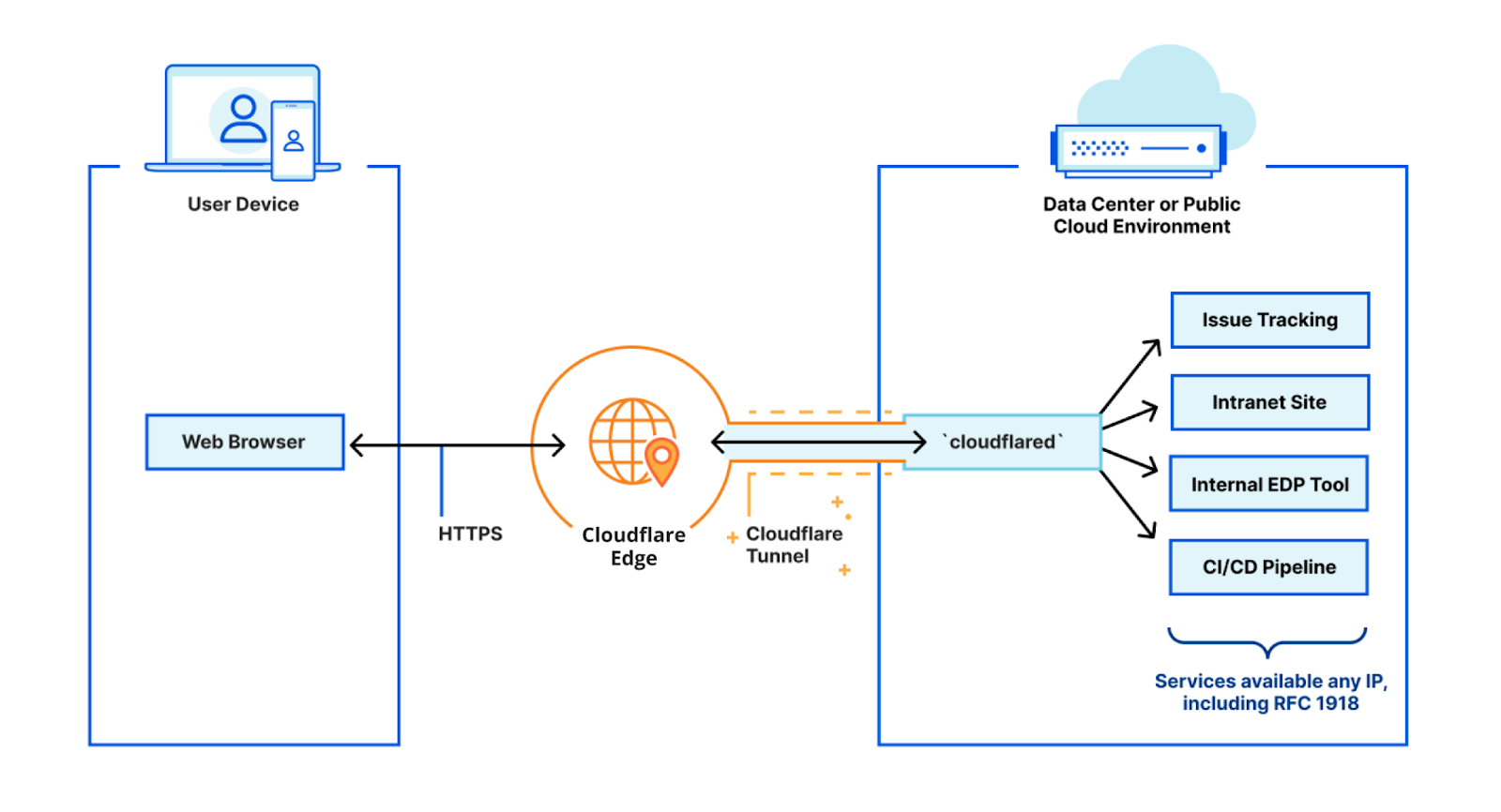
cloudflared works by opening several connections to different servers on the Cloudflare edge. Currently, these are long-lived TCP-based connections proxied over HTTP/2 frames. When Cloudflare receives a request to a hostname, it is proxied through these connections to the local service behind cloudflared.
While our HTTP/2 protocol mode works great, we’d like to improve a Continue reading
Zero Trust — Not a Buzzword
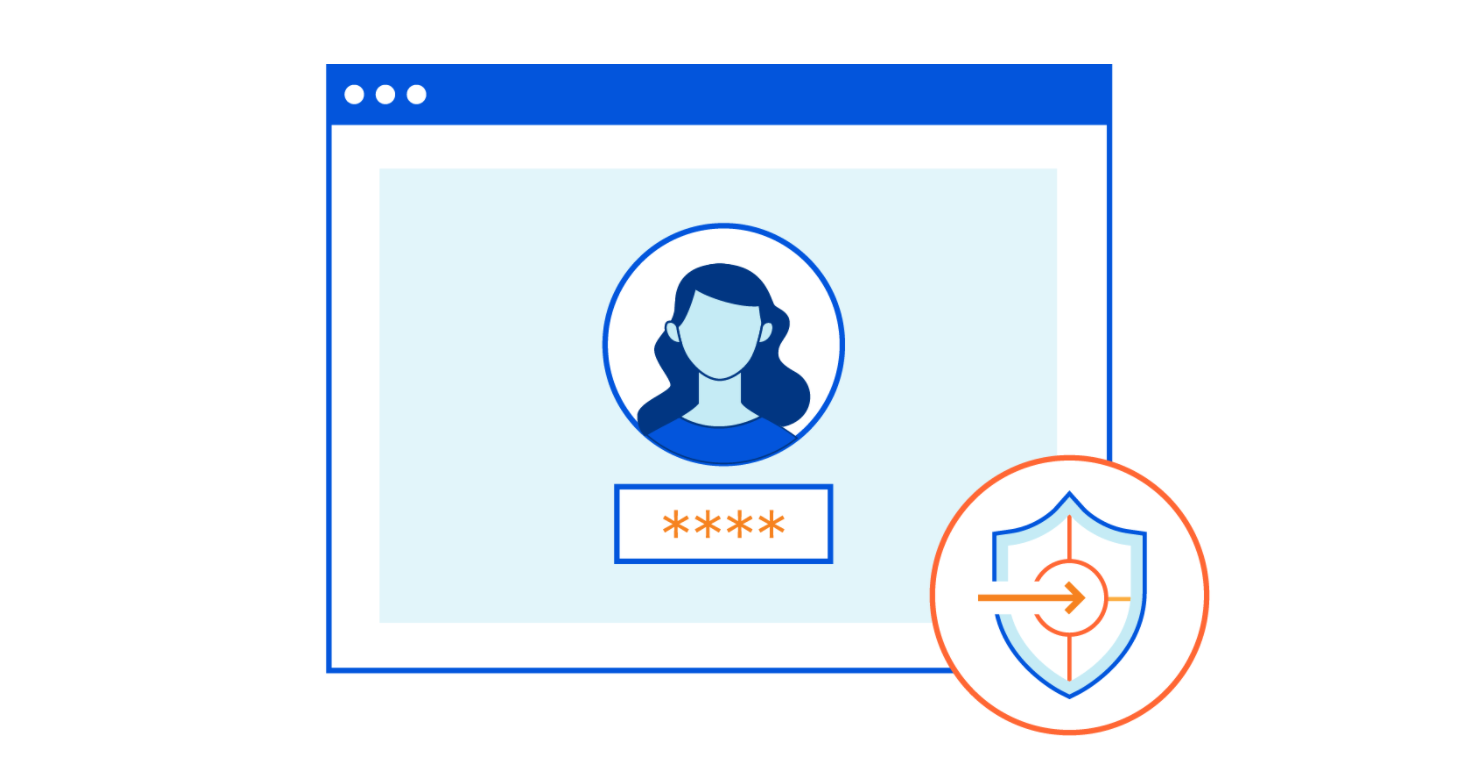
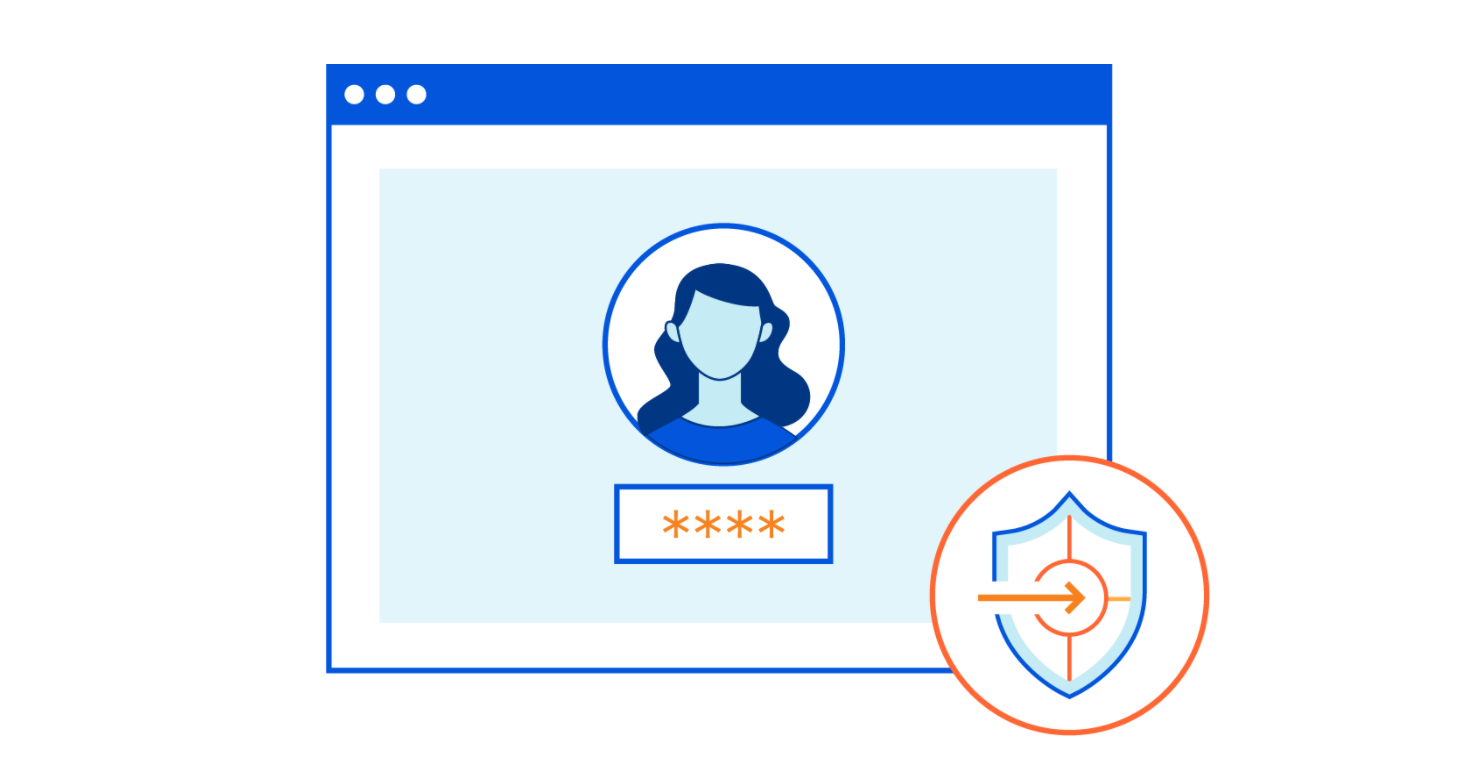
Over the last few years, Zero Trust, a term coined by Forrester, has picked up a lot of steam. Zero Trust, at its core, is a network architecture and security framework focusing on not having a distinction between external and internal access environments, and never trusting users/roles.
In the Zero Trust model, the network only delivers applications and data to authenticated and authorized users and devices, and gives organisations visibility into what is being accessed and to apply controls based on behavioral analysis. It gained popularity as the media reported on several high profile breaches caused by misuse, abuse or exploitation of VPN systems, breaches into end-users’ devices with access to other systems within the network, or breaches through third parties — either by exploiting access or compromising software repositories in order to deploy malicious code. This would later be used to provide further access into internal systems, or to deploy malware and potentially ransomware into environments well within the network perimeter.
When we first started talking to CISOs about Zero Trust, it felt like it was just a buzzword, and CISOs were bombarded with messaging from different cybersecurity vendors offering them Zero Trust solutions. Recently, another term, SASE (Secure Continue reading
Aruba Puts DPUs Into New Top-of-Rack Switch – 5 Questions
Aruba Networks has announced a new top-of-rack switch that includes two Data Processing Units from Pensando that can offload and accelerate functions such as stateful firewalling and DDoS protection. How does Aruba's approach compare to other methods for distributing services in a data center?
The post Aruba Puts DPUs Into New Top-of-Rack Switch – 5 Questions appeared first on Packet Pushers.
Privacy-Preserving Compromised Credential Checking


Today we’re announcing a public demo and an open-sourced Go implementation of a next-generation, privacy-preserving compromised credential checking protocol called MIGP (“Might I Get Pwned”, a nod to Troy Hunt’s “Have I Been Pwned”). Compromised credential checking services are used to alert users when their credentials might have been exposed in data breaches. Critically, the ‘privacy-preserving’ property of the MIGP protocol means that clients can check for leaked credentials without leaking any information to the service about the queried password, and only a small amount of information about the queried username. Thus, not only can the service inform you when one of your usernames and passwords may have become compromised, but it does so without exposing any unnecessary information, keeping credential checking from becoming a vulnerability itself. The ‘next-generation’ property comes from the fact that MIGP advances upon the current state of the art in credential checking services by allowing clients to not only check if their exact password is present in a data breach, but to check if similar passwords have been exposed as well.
For example, suppose your password last year was amazon20\$, and you change your password each year (so your current password is amazon21\$). Continue reading
Research Directions in Password Security


As Internet users, we all deal with passwords every day. With so many different services, each with their own login systems, we have to somehow keep track of the credentials we use with each of these services. This situation leads some users to delegate credential storage to password managers like LastPass or a browser-based password manager, but this is far from universal. Instead, many people still rely on old-fashioned human memory, which has its limitations — leading to reused passwords and to security problems. This blog post discusses how Cloudflare Research is exploring how to minimize password exposure and thwart password attacks.
The Problem of Password Reuse
Because it’s too difficult to remember many distinct passwords, people often reuse them across different online services. When breached password datasets are leaked online, attackers can take advantage of these to conduct “credential stuffing attacks”. In a credential stuffing attack, an attacker tests breached credentials against multiple online login systems in an attempt to hijack user accounts. These attacks are highly effective because users tend to reuse the same credentials across different websites, and they have quickly become one of the most prevalent types of online guessing attacks. Automated attacks can be run Continue reading
Fact check: that “forensics” of the Mesa image is crazy
Tina Peters, the elections clerk from Mesa County (Colorado) went rogue, creating a "disk-image" of the election server, and posting that image to the public Internet. Conspiracy theorists have been analyzing the disk-image trying to find anomalies supporting their conspiracy-theories. A recent example is this "forensics" report. In this blogpost, I debunk that report.
I suppose calling somebody a "conspiracy theorist" is insulting, but there's three objective ways we can identify them as such.
The first is when they use the logic "everything we can't explain is proof of the conspiracy". In other words, since there's no other rational explanation, the only remaining explanation is the conspiracy-theory. But there can be other possible explanations -- just ones unknown to the person because they aren't smart enough to understand them. We see that here: the person writing this report doesn't understand some basic concepts, like "airgapped" networks.
This leads to the second way to recognize a conspiracy-theory, when it demands this one thing that'll clear things up. Here, it's demanding that a manual audit/recount of Mesa County be performed. But it won't satisfy them. The Maricopa audit in neighboring Colorado, whose recount found no fraud, didn't clear anything up Continue reading
Why Does DHCPv6 Matter?
In case you missed it, there’s a new season of Lack of DHCPv6 on Android soap opera on v6ops mailing list. Before going into the juicy details, I wanted to look at the big picture: why would anyone care about lack of DHCPv6 on Android?
The requirements for DHCPv6-based address allocation come primarily from enterprise environments facing legal/compliance/other layer 8-10 reasons to implement policy (are you allowed to use the network), control (we want to decide who uses the network) and attribution (if something bad happens, we want to know who did it).
Why Does DHCPv6 Matter?
In case you missed it, there’s a new season of Lack of DHCPv6 on Android soap opera on v6ops mailing list. Before going into the juicy details, I wanted to look at the big picture: why would anyone care about lack of DHCPv6 on Android?
The requirements for DHCPv6-based address allocation come primarily from enterprise environments facing legal/compliance/other layer 8-10 reasons to implement policy (are you allowed to use the network), control (we want to decide who uses the network) and attribution (if something bad happens, we want to know who did it).